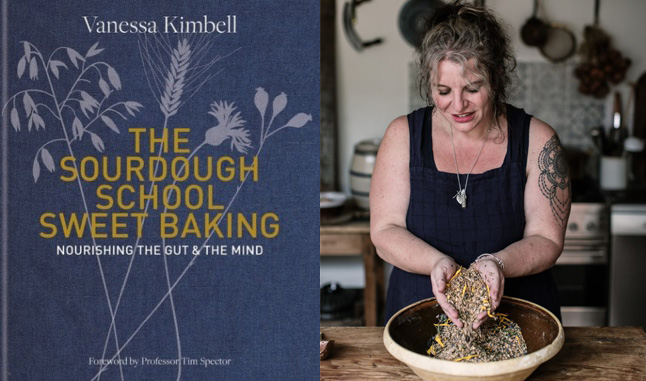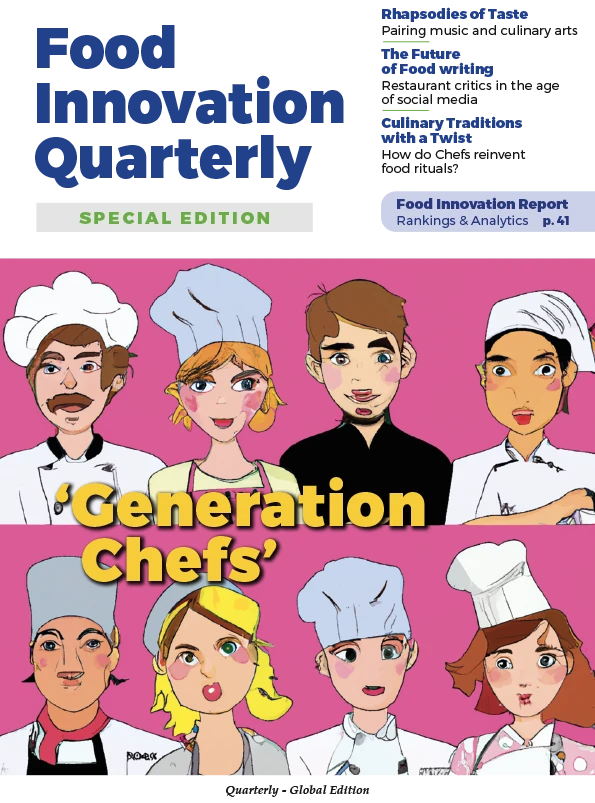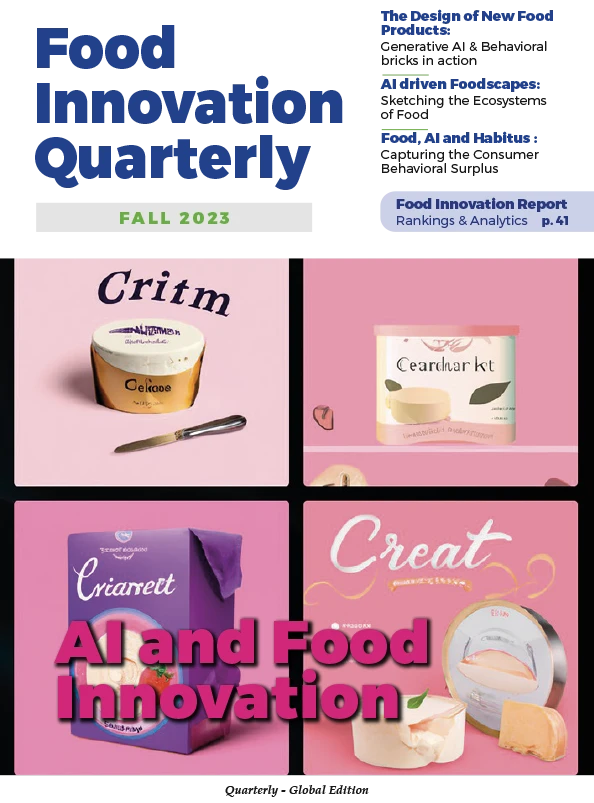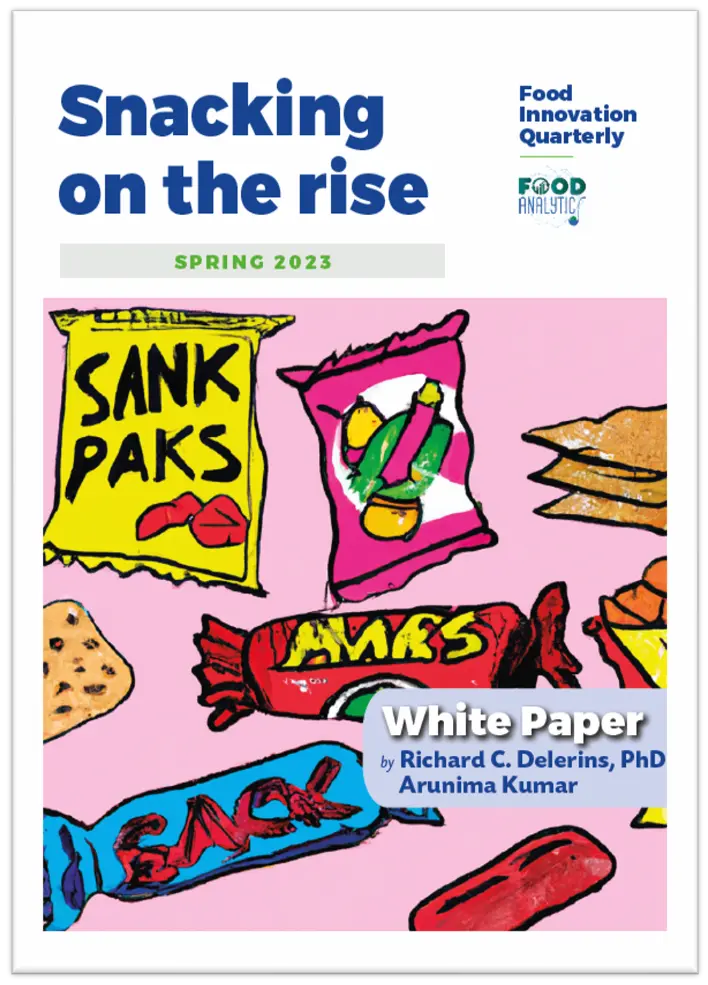Love, bake, nourish.
‘The Sourdough School’, published in 2018, was dubbed as the most important book of the year by some for its revelations around ‘gut friendly bread’. Its sequel, ‘The Sourdough School: Sweet Baking’ focuses on sweet recipes while laying down a foundation for understanding the relationship between the gut microbiome and physical & mental health. Not merely a recipe book, it is an introduction to thinking beyond the flour bag one picks up from the market. The book tells the story of how humans have evolved with symbiotic microbes at our core and how we can find our way back again. ‘Baking from this book isn’t just baking, it is an act of defiance and beautiful disruption.’
The book has the validation of Tim Spector, the professor of genetic epidemiology at King’s College, London and quotes important scholarly resources from time to time. Starting with a basic definition of mental health and how getting your hands busy has a rewiring effect on the brain, the book goes on to reveal how one can optimise their mental health by changing the way one bakes.
Eating Symbiotically:
The gut microbiome & mood
The symbiotic relationship of humans and microbes is explored with an in-depth description of the different types of gut microbes, both ‘good’ and ‘opportunistic’. What follows is a detailed account of gut bacteria that are key in affecting mood and ways to nourish them. With lists like, ‘7 powerful ways to nourish the gut microbiome’ which include increasing fibre intake, diversity in what one eats, fermenting, increasing antioxidants, probiotics and so on, the principles to unlock a better gut health have been laid out and applied to all the recipes in the book.
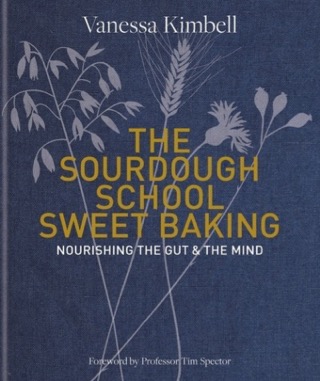
She goes on to describe the different hormones released by the brain via the ‘gut- brain communication’, particularly focusing on seratonin (‘the happy hormone’), GABA (gamma-aminobutyric acid which acts as a relaxant on brain) and dopamine released with the help of prebiotics. Our body doesn’t have enzymes to break them down but our gut microbes do. Prebiotics are the non-digestible elements such as complex sugars, dietary fibres and resistant starches in whole foods. These go to the large intestine where the gut microbes break these down into beneficial compounds called SCFAs (short-chain fatty acids) such as butyrates. The recipes in the book are designed to increase the butyrate producing microbes which in turn maintain the gut lining by stimulating the growth of villi. They also have anti-inflammatory, antioxidant properties.
On the other hand, live bacteria, known as probiotics, especially lactic acid bacteria (LAB) are known to be so effective at modulating the mood to the extent that they could give some pharmaceutical drugs a run for their money. The term ‘psychobiotics’ has been used to describe this class of probiotics that could potentially be used to cure psychiatric diseases. Many of these can already be found in everyday fermented foods and the book presents recipes to create inoculations with a minimum of 5 LAB strains for heightened health benefits.
The Importance of Diversity
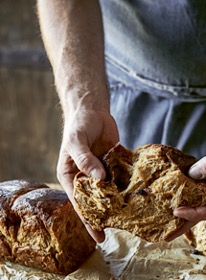
The modern Western diet is exceedingly fibre-poor, says Vanessa. The roots of the problem have been traced back to the start of monoculture and how it destroyed natural diversity. According to her, lack of genetic diversity in grains is one of the single biggest threats to global food security. ‘We devolved as we systemised our most basic food, both physically and mentally.’
Urging people to reclaim diversity, she explains how different grains benefit the mood-affecting microbes and suggests ‘The Sourdough School Botanical Blends’ for rejection of this monoculture by making one’s own flour blends. ‘Milling your own blends is the antithesis of commercial baking. Hand selecting each ingredient according to the season, it is an art.’ Milling your own flour is beneficial because it affects the rate of fermentation and also the assimilation of carbohydrates, in turn affecting the blood sugar balance.
Each of her recipes, including the ones for the botanical blend come with a ‘diversity score’ which is calculated according to the diverse ingredients it contains. The signature blend at the ‘School’ is the Meadow Blend which contains a plethora of grains & seeds and dried edible flowers. A special mention has been given to homemade Muesli as the key to super- boosting the range & diversity scores and the perfect formula for creating your own has also been provided.
Ultimately, she lays emphasis on the power of community because ‘small anarchist connections run deep’. Making connections, finding other bakers, finding and supporting your local farmer and a few more have been listed as ways to reverse the « devolution ».
‘Borrowing Digestion’
Drawing from her own life experiences and struggling with a severely compromised gut microbiome in her twenties, the author learnt over time that she could ‘borrow digestion’. A sourdough starter pot is a sort of mini version of what goes on in our gut. It has already been digested by microbes which makes it easier to digest for our bodies too.
‘Sourdough is a process and not just a kind of bread’ With this statement, unique and ingenious recipes have been detailed page after page for example: Sourdough vanilla ice cream, sourdough fizz, Cherry & Earl Grey Kvass, Malted orange labneh, Sourdough Kisses, Sourdough jalebi, honey orange & dukkha sweet pappardelle. A large variety of syrups rich in polyphenols to further aid the microbes have also been included. At the School she teaches her own recipe for smoothie filling which she uses in place of cream to supplement the main bakes. This includes ingredients like chia seeds, flax seeds, berries, kefir among other things and has a diversity score of 10, significantly adding a gut boosting value to the meal.
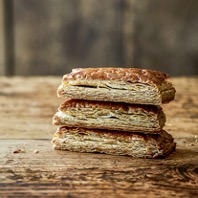
Eventually, she admits that there are still more questions than answers but motivates bakers to understand this symbiotic relationship and incorporate it in their activities. A robust, balanced gut microbiome thrives on increased fibre intake, diversity of food and the presence of polyphenols. And a robust, balanced person thrives on this healthy gut microbiome.


